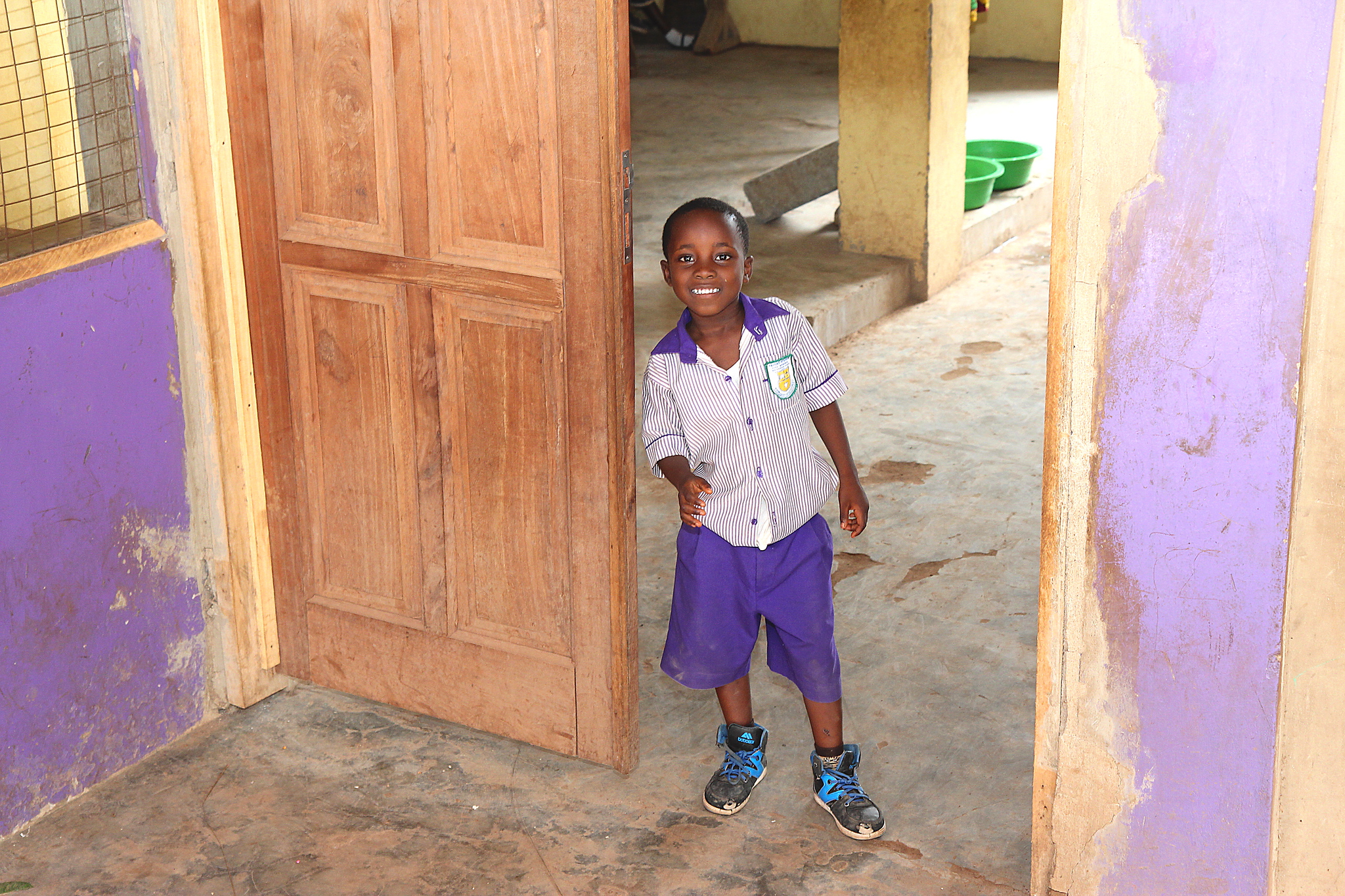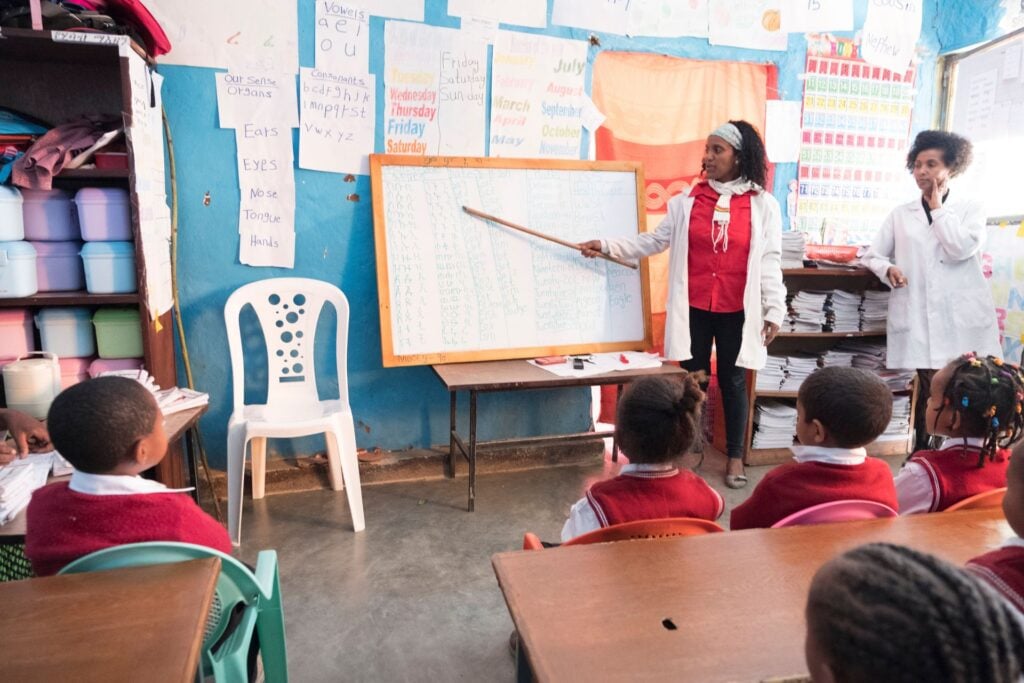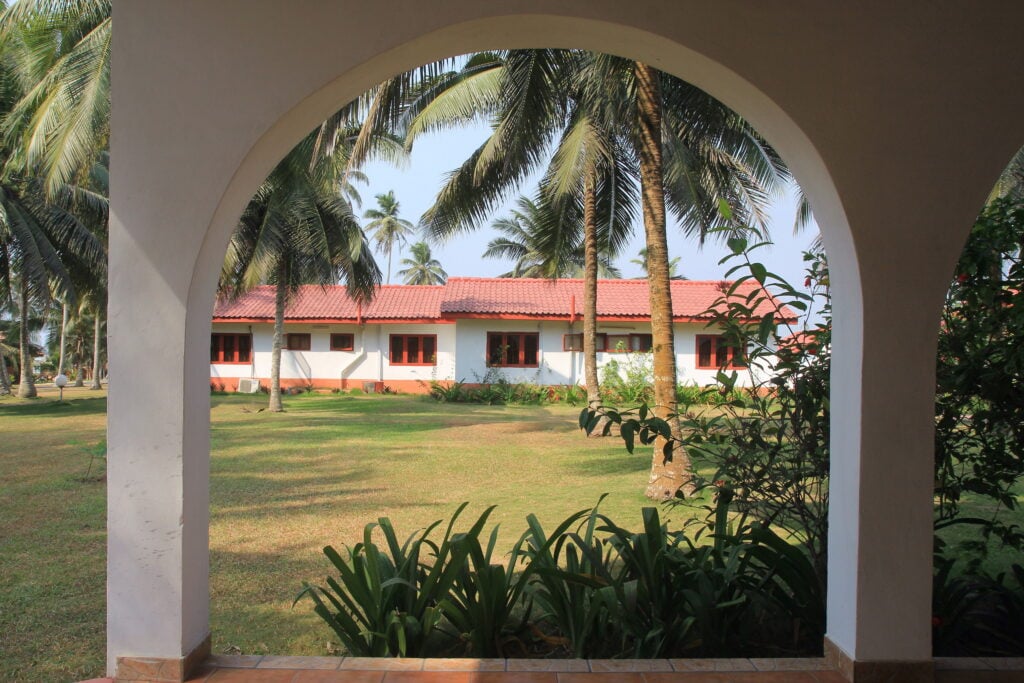In 2010, just seven years after a second civil war devastated the Liberian economy, Betty and Anthony Morris opened a school for children in their community.
More than 50% of the Liberian population lives below the poverty level, but what Betty and Anthony’s community lack monetarily, they make up for in ingenuity and coconut trees.
Fittingly, the first two years of classes commenced under the leaning trunk of a favorite neighborhood palm.
A New Beginning
Eventually, parents in the community began contributing a small school fee toward their children’s education each term. Soon, the Morrises were able to save enough capital to construct a school building.
The Morrises knew that those experiencing material poverty possess God-given gifts, talents, and resources that can be used to improve their lives and the lives of their neighbors.
Fast-forward eight years and the school has grown to 324 students–an enormous feat in a country where, according to UNESCO, the female literacy rate is only 27%.
Community development experts who recognize the necessity for the materially poor to utilize their talents and resources toward alleviating poverty in their community refer to this approach as Asset-Based Community Development (ABCD). Betty and Anthony modeled this well as they utilized a common coconut tree, Betty’s teaching degree and the small but consistent financial contributions of the student’s parents – all for the benefit of their community.
Unfortunately, those of us in the “helping business” are often quick to organize our efforts under the assumption that a community in poverty can be fixed by those outside of it addressing the problems within it–a Needs-Based Approach. Steve Corbett and Brian Fikkert describe the pitfalls of this approach in When Helping Hurts.
Churches and ministries using a needs-based approach are often quick to provide food, clothes, shelter, and money to meet the perceived, immediate needs of low-income people…[However,] pouring in outside resources is not sustainable and only exacerbates the feelings of helplessness and inferiority that limits low-income people…When the church or ministry stops the flow of resources, it can leave individuals and communities that are more disempowered than ever before.
ABCD does not gloss over the realities of material poverty but rather decidedly affirms that everyone within the community has gifts they are able to contribute to the flourishing of their community. Under this model, outside support is most productive when it defers to the expertise and direction of the community actually experiencing poverty.
The Right Partnership
In 2016, The Morrises began partnering with Edify as a way to strengthen their school and further impact their community. They have received three loans to date and the most recent loan has been utilized to build a school auditorium created to be a shared meeting space, an asset for school owners from all parts of the surrounding community.
If you ever get the chance to see this auditorium, you might be lucky enough to catch a glimpse of the well-known coconut tree shading a group of students playing during recess.
It stands as a reminder that an unassuming tree can become the foundation for a flourishing school, and likewise, each small child playing at its trunk carries the immeasurable potential to transform their community, their nation, and our world.
Casey Patrick is a Special Projects Manager in Human Resources and Operations for Edify. Casey brings to the team 6 years of nonprofit and ministry experience. Casey received her BS in Business Administration with an emphasis in Global Management from the University of Southern California. At USC, she began to develop her passion for sustainable community development, completing coursework in nonprofit leadership.
Born and raised in Southern California, Casey and her husband, Pat, live in sunny San Diego. Most weekends you can find them hiking, surfing, teaching yoga, and drinking too much coffee.



